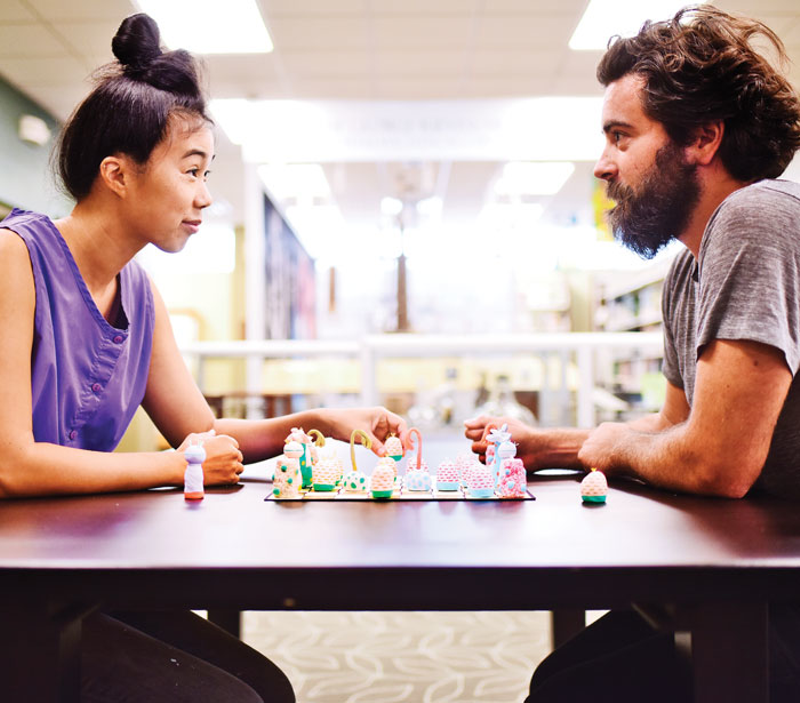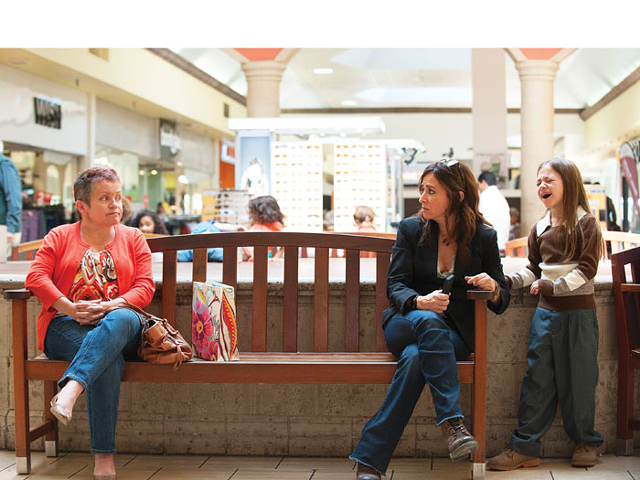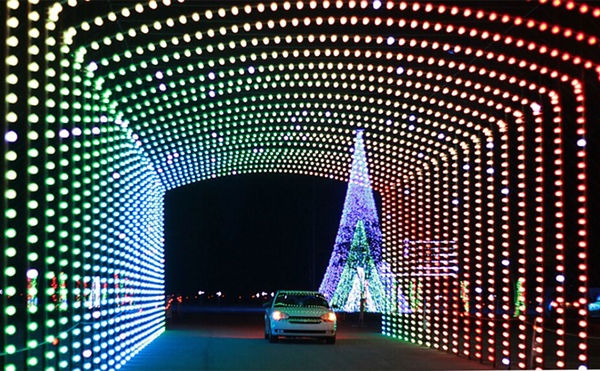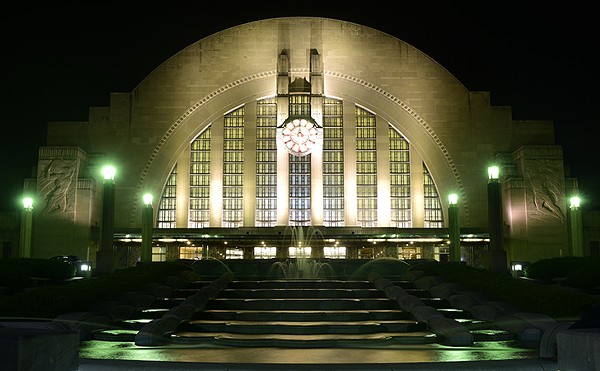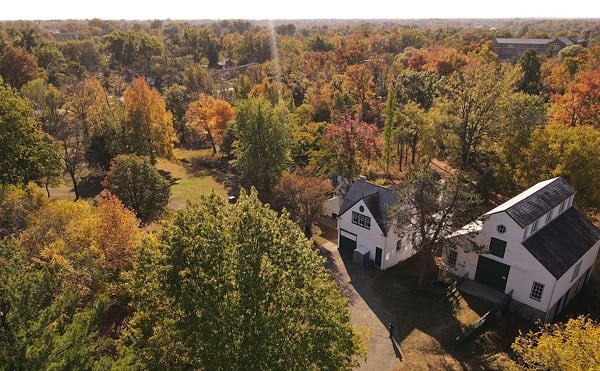With roots in the Japanese tradition of bonsai and the Chinese practice of tray landscape known as “penjing,” art that depicts or utilizes organic forms is not a recent development. Western artists have long represented plants and flowers in still-lifes and landscapes — often employing the materials themselves (using plant-based surfaces and pigments) to create the work.
There is especially a lot of work being done currently in Contemporary art that engages with both the representation and formal medium of living plants.
Lloyd Library and Museum, the downtown scientific research library and private collection archive, hosted two New York artists during August who likewise work with plant-based material. Terri Chiao and Adam Frezza, known as the collaborative duo CHIAOZZA (pronounced “chow-zah”), have been using such media as paper and paper pulp to make abstracted representations of plant life and other natural phenomena since 2012.
They were inspired to begin their investigation of plant life when Chiao was working on an interactive web installation for a multi-artist project website. A Columbia University-educated architect, Chiao had created a model of a treehouse, but wanted to fill it with little houseplants to give it a sense of scale. Frezza, who studied painting and drawing at the Pennsylvania Academy of Fine Arts and the University of Florida, “knew right away what to do,” Chiao says.
They started painting and cutting out shapes, stuck them into clay and then put those into tiny handmade pots. Creating a miniature seamless photo backdrop on their kitchen table, the two then documented their diminutive diorama.
Out of that project came the discovery of a new medium and concept that both Chiao and Frezza found infinitely compelling. “A lot of our work tends to leap from nature into some kind of fantasy,” Frezza says.
Having worked together now for nearly five years, Chiao and Frezza arrived in Cincinnati to dig through the Lloyd’s large holdings of rare books and look for ways to, in Frezza’s words, “bring these traditional botanical illustrative techniques into a contemporary language.”
The Lloyd’s archives cover medical botany, pharmacy, eclectic medicine and horticulture. The material is mostly from the personal compendium of the mycologist and book collector Curtis Lloyd, the youngest of three brothers who founded the library and owned a pharmaceutical company in Cincinnati at the turn of the 20th century.
For their Cincinnati stay, Chiao and Frezza were not obligated to create a body of work, but both have expressed an interest in donating work that results from their residency to the Lloyd, if the institution wants it.
Because the Lloyd prohibits tracing on top of any of its rare books, the two had to scrap their plans to create “exquisite tracings” — made by passing the work back and forth to create a composition neither of them would have made independently. Instead, Frezza was given a book that the Lloyd had multiple copies of and was allowed to use as he saw fit. He did so by repurposing illustrations of various orchids — cutting them up for a collage and removing them from their academic context. The cutout blooms looked profoundly sculptural and figural, but would eventually be flattened out again once painted.
Chiao, for her part, assembled a hand-sewn and bound cut-color-paper book consisting of layers of crisp landscapes and intersecting tendrils. It was inspired by another book from the Lloyd’s collection that featured foldout hand-painted illustrations of botanical specimens. Like a MAD Magazine fold-in back cover, the new accidental compositions made interesting shapes and connections between forms. Making sculptural books, Chiao says, is something the two have been thinking about for a long time.
Lloyd Library is a place whose archives are of use to those in need of pragmatic information — scientific documentation, for instance. But Chiao’s and Frezza’s residency may mean that it can also serve as a resource for those interested in aesthetic inspiration regarding plant-based life forms.
For more information on the LLOYD LIBRARY AND MUSEUM, visit lloydlibrary.org.

